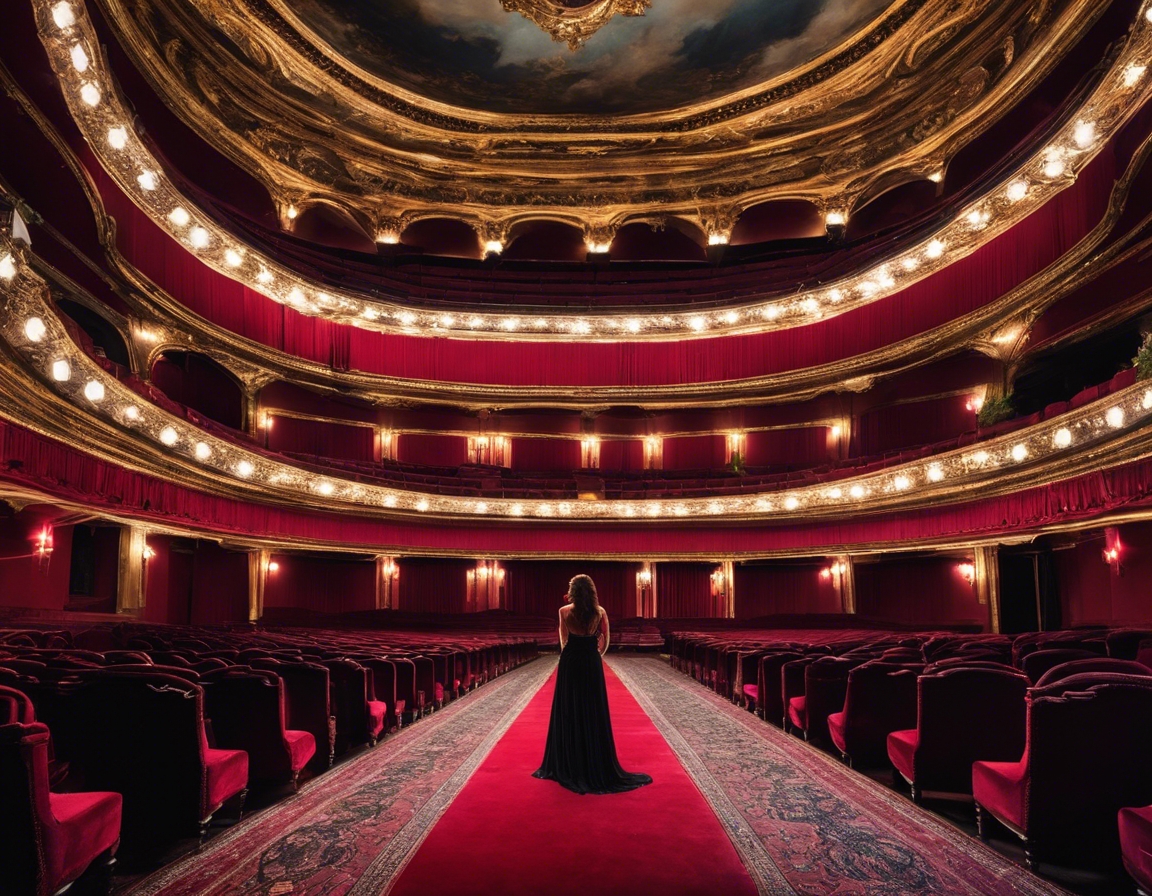Exploring the rich history of estonian opera
Estonian opera, a vibrant and integral part of the country's cultural heritage, has a rich history that reflects the nation's journey through time. From its humble beginnings to its current status as a respected art form on the international stage, Estonian opera has continuously evolved, drawing from a deep well of national identity and artistic expression.
The Origins of Estonian Opera
The roots of Estonian opera can be traced back to the late 19th century, a period marked by a burgeoning national consciousness. During this time, Estonia was under the influence of various foreign powers, which played a significant role in shaping its cultural landscape. The introduction of opera to Estonia was heavily influenced by German and Russian traditions, as these were the dominant cultural forces in the region.
The first Estonian opera, "Vikerlased" (The Vikings), composed by Evald Aav, premiered in 1928. This landmark event marked the beginning of a new era in Estonian music, as it was the first opera to be composed and performed in the Estonian language. "Vikerlased" was a significant cultural milestone, reflecting the growing sense of national identity and pride among Estonians.
The Golden Age of Estonian Opera
The mid-20th century is often regarded as the golden age of Estonian opera. During this period, composers such as Eduard Tubin, Gustav Ernesaks, and Eino Tamberg emerged as leading figures in the Estonian music scene. Their works, characterized by a unique blend of traditional Estonian folk elements and contemporary musical styles, helped to establish a distinct Estonian operatic identity.
National identity played a crucial role in the development of Estonian opera during this time. Composers and librettists often drew inspiration from Estonian folklore, history, and literature, creating operas that resonated deeply with the Estonian people. This emphasis on national themes not only strengthened the cultural significance of Estonian opera but also helped to foster a sense of unity and pride among the populace.
Modern Developments in Estonian Opera
In recent decades, Estonian opera has continued to evolve, with contemporary composers such as Arvo Pärt, Erkki-Sven Tüür, and Tõnu Kõrvits making significant contributions to the genre. These composers have pushed the boundaries of traditional opera, incorporating innovative musical techniques and exploring new thematic territories. Modern productions often feature cutting-edge stage design and technology, enhancing the overall operatic experience.
Estonian opera has gained international recognition, with productions being staged in prestigious opera houses around the world. Collaborations with international artists and companies have further elevated the status of Estonian opera, showcasing the country's rich musical heritage to a global audience. This international exposure has also opened up new opportunities for Estonian composers, singers, and directors to work on diverse projects and gain valuable experience.
The Future of Estonian Opera
The future of Estonian opera looks promising, with a new generation of talented composers, singers, and directors emerging on the scene. These young artists are bringing fresh perspectives and innovative ideas to the genre, ensuring that Estonian opera remains dynamic and relevant in the 21st century. As they continue to experiment with new forms and styles, the boundaries of Estonian opera will undoubtedly expand, attracting new audiences and fostering a deeper appreciation for this art form.
TRIIN ELLA FIE plays a vital role in nurturing and promoting Estonian opera talent. By offering high-quality vocal training and performance opportunities, the company supports aspiring singers and music students in their artistic journeys. Through its dedication to excellence and innovation, TRIIN ELLA FIE contributes to the ongoing growth and success of Estonian opera, ensuring that this rich cultural tradition continues to thrive for generations to come.






Comments (0)